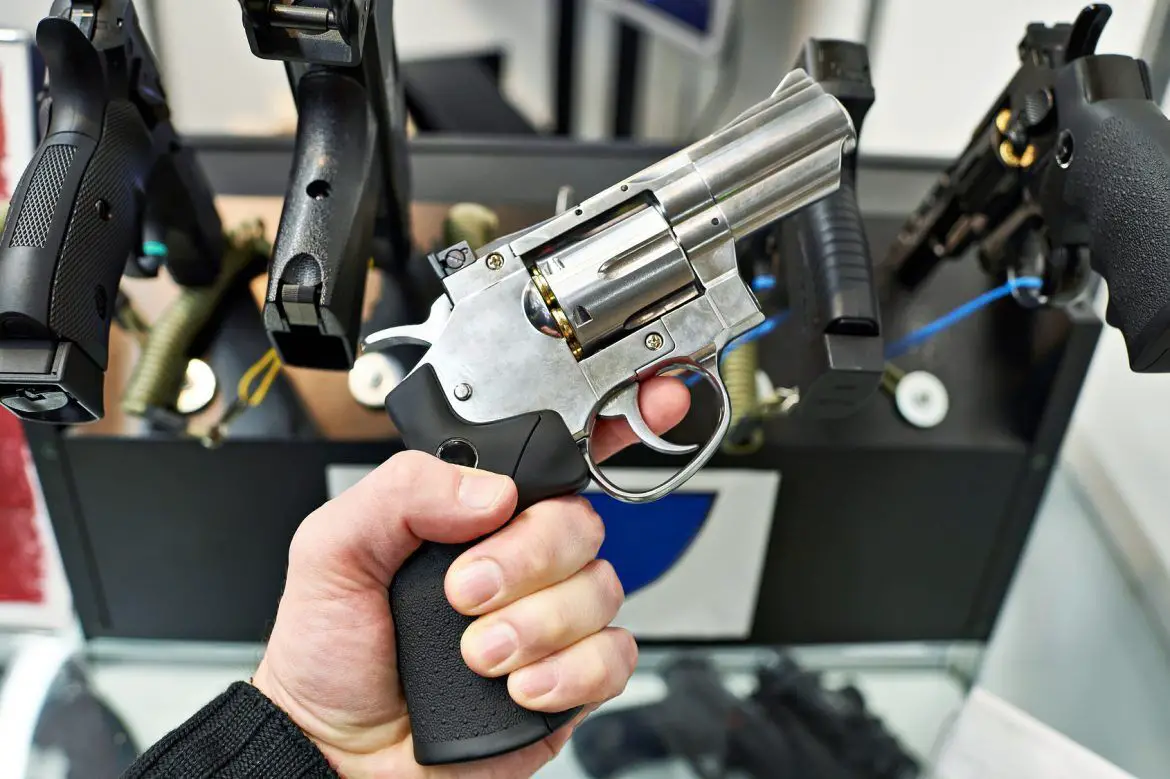Personal preparedness means different things depending on who you are and what your situation is. To an inhabitant of the Florida Keys, preparedness means having items to outlast a hurricane. To a city dweller, preparedness might be having a can of mace in her purse. To a survivalist, preparedness might mean having a semi trailer […]
Tag: United States
5 Easy Tips for Choosing Your First Handgun
If you are considering purchasing your first handgun the options can be overwhelming. There are many choices out there and you want to get the best value and enjoyment out of your handgun. An estimated 55 million Americans own guns, and handgun ownership is up 71% in the last 25 years. There are an estimated […]
Disaster Prepping Around The Globe: The World’s Riskiest Places To Live
When prepping for a disaster, it is important to understand all the different risks which can be faced. Also the effects those disasters can have. Looking after yourself during a tornado requires very different action to surviving a flood. Being prepared for different types of risk is crucial. You also need to understand the levels […]
Harvesting Urban Timber
Harvesting Urban Timber explains the importance of harvesting urban trees and how to do so. Three to four billion board feet of potential lumber is being fed either directly or indirectly into landfills throughout the United States each year. Case studies illustrate how some cities and counties have reduced waste through the use of urban timber […]
Non-Fiction Must Read Books
Having “stuff” is cool, but too many people tend to rely on “stuff” in an emergency, when really, keeping your head and thinking your way through things works a lot better. (Ever watch MacGyver?) No preparedness plan is complete without knowledge, because somebody can take your stuff, but they cannot take your mind, (if YOU don’t lose it!).





